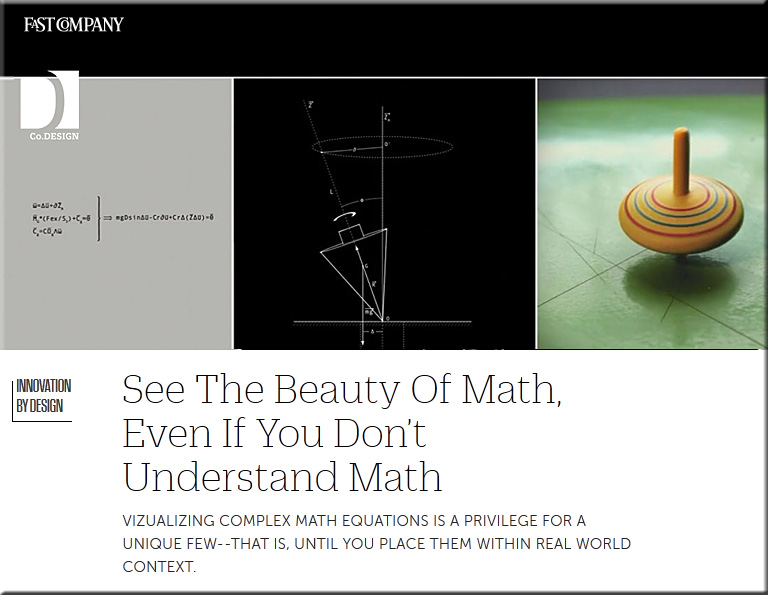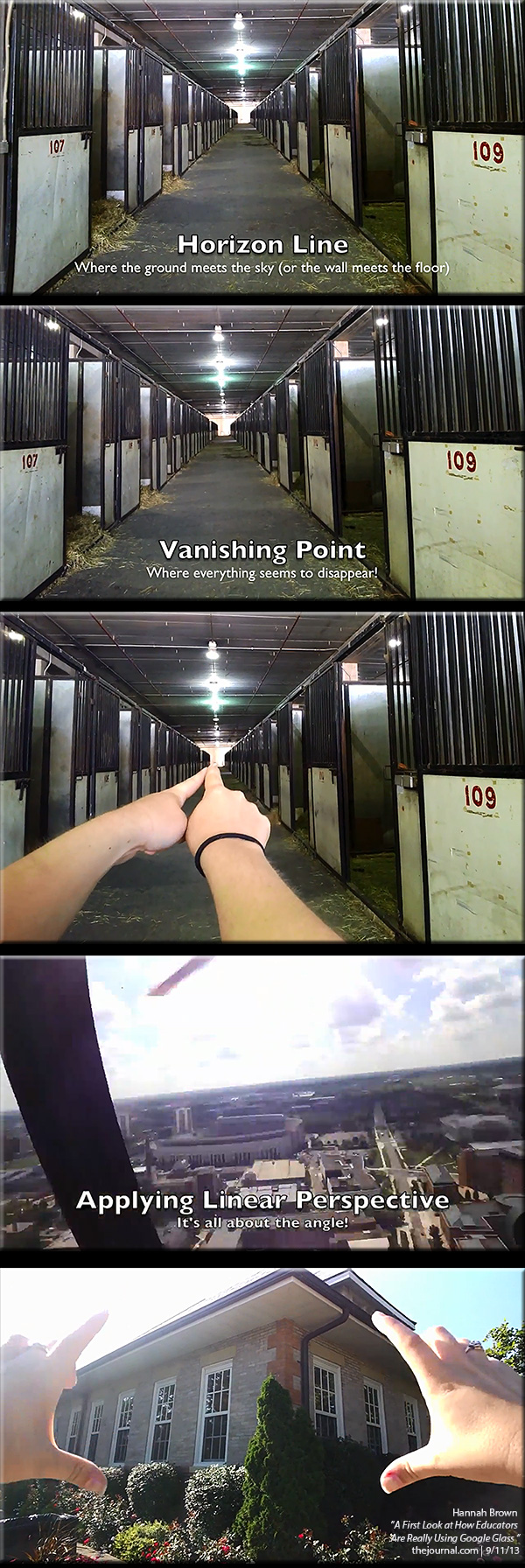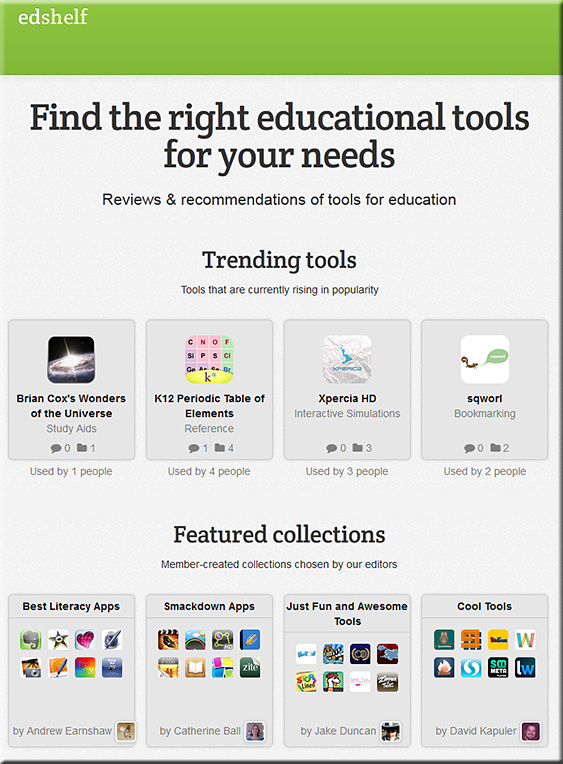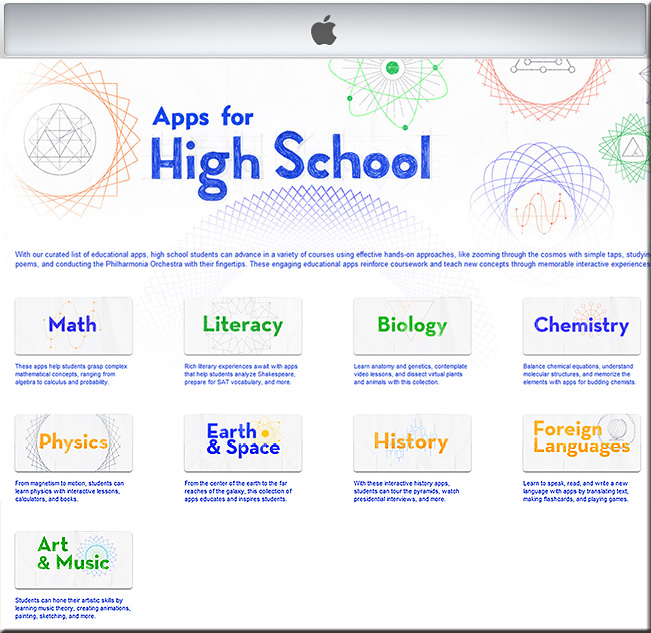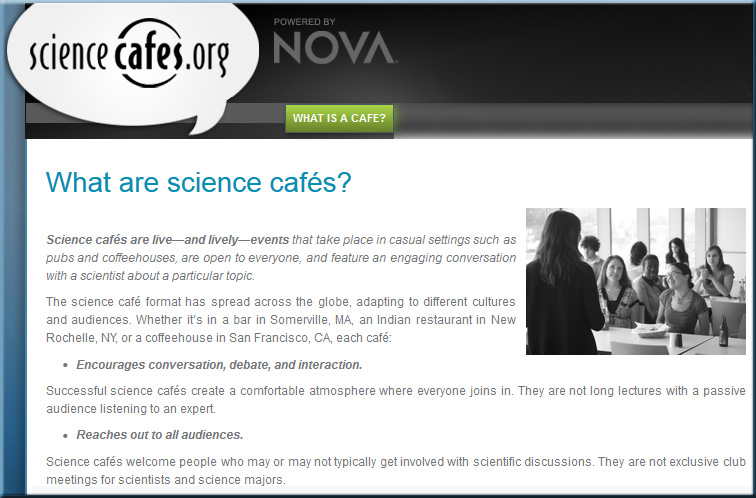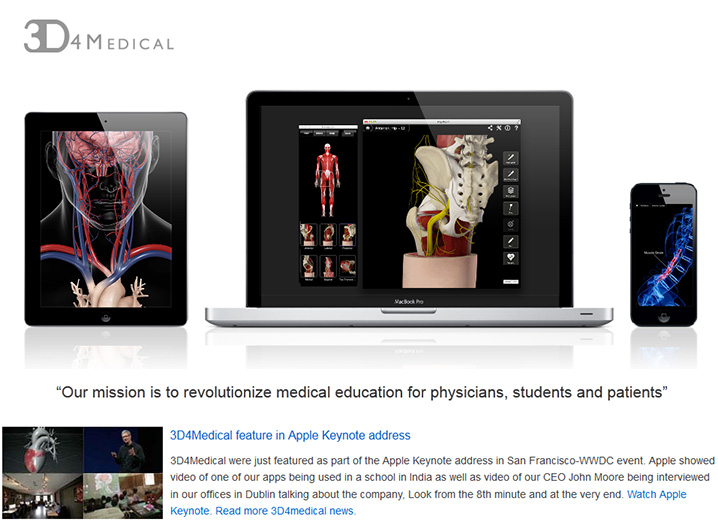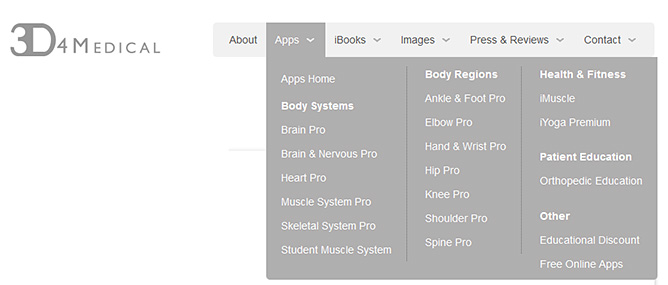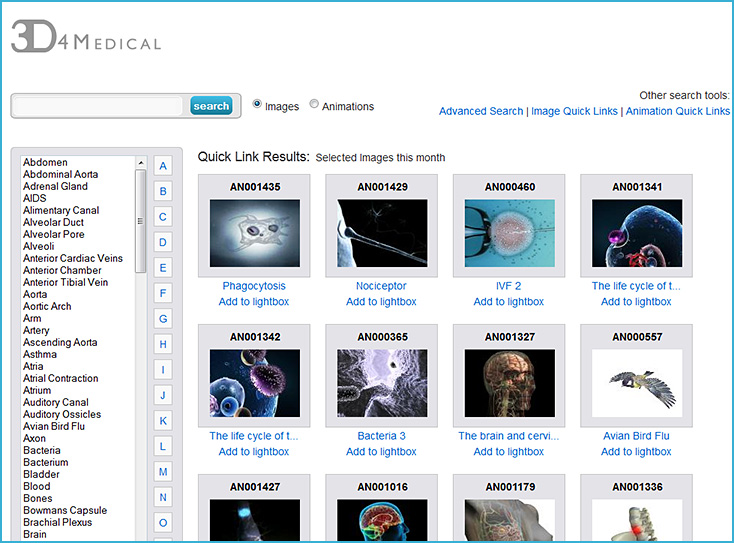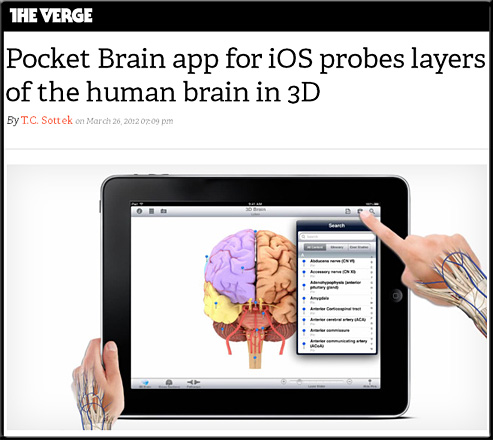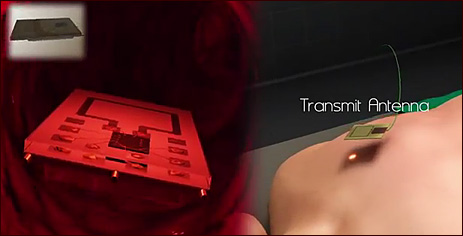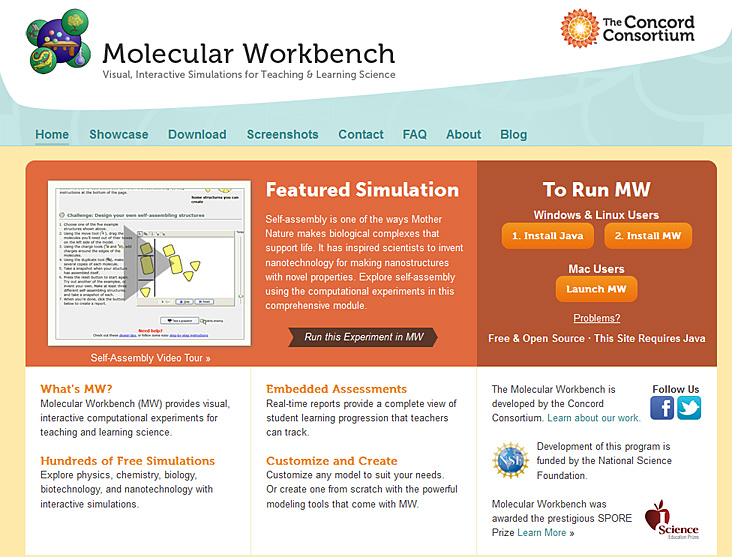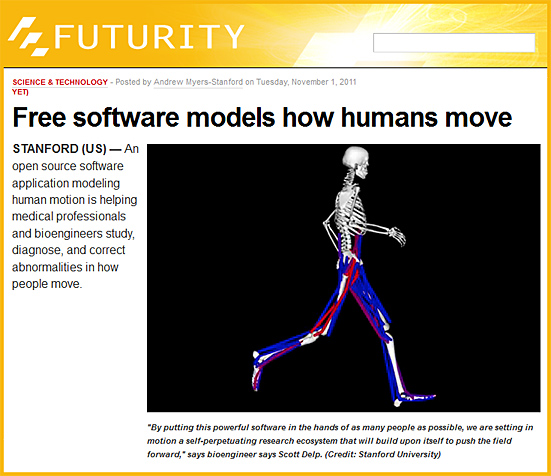
From DSC:
When I woke up last night, an idea surfaced to the forefront of my thinking. It had to do with augmented reality. I wondered (and tried to picture)…
What if augmented reality could help bring something that’s harder to picture/understand/grasp to life?
What if, for example, you could point your mobile device at an object/piece of paper/”button” on a main screen and have an animation pop up that would explain what’s being discussed…? I realize this is being done in some areas (even in elementary apps such as ColAR App), but I think we are largely leaving this area untapped and we’re missing out on a powerful, potential way of engaging students and inviting interactivity.
For example, I had a very difficult time grasping organic chemistry — and the “weeding out” method worked on me big time! That course had a lot to due with me questioning my future as a pre-med student and I ended up dropping out of pre-med (a good decision, but heh, why blow the story now?). Being a student who prefers visuals, I think that it would have helped me greatly if I could have seen — and ideally manipulated — models and animations in real time.
For example:
- If I tried to move an atom to an inappropriate ring/connection, the holographic design would show a holographic pop up — with accompany audio — letting me know why that won’t work. Wow.
- Then I ran into the article below and the idea came back to me…and again, I wondered…where might augmented reality help us out here? Or holographic displays that can be manipulated?
Which points to:
BEAUTY OF MATHEMATICS — a video on Vimeo from PARACHUTES.TV by Yann Pineill & Nicolas Lefaucheux
“Mathematics, rightly viewed, possesses not only truth, but supreme beauty — a beauty cold and austere, without the gorgeous trappings of painting or music.”
—Bertrand Russell









